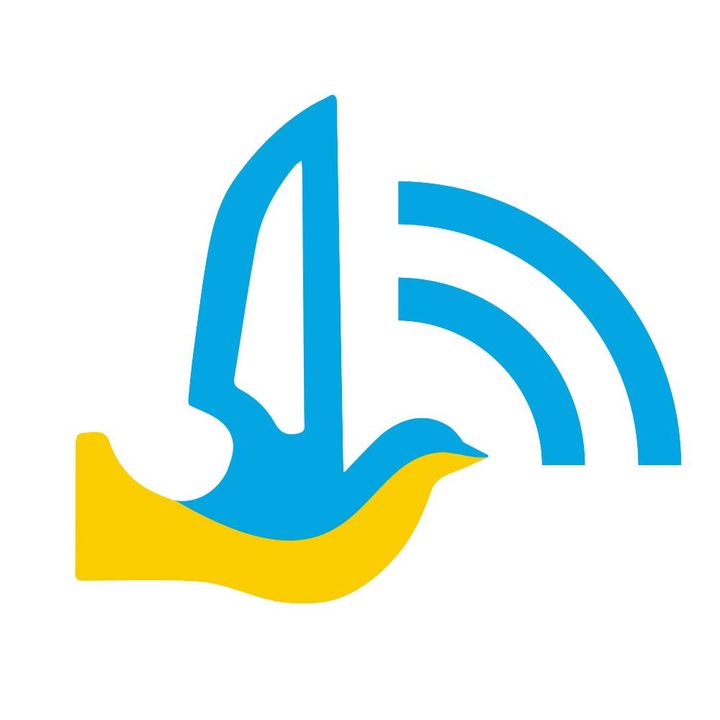Europe is considering using profits from nearly €200 billion of frozen Russian Central Bank assets to fund President Donald Trump’s $10 billion weapons package for Ukraine, The Telegraph reported on 15 July.
Trump confirmed on 14 July a new military assistance package that would provide Ukraine with “billions of dollars” worth of weaponry, funded and distributed by European NATO allies. Trump said the package includes up to 17 Patriot air defense systems.
The proposal to use frozen Russian assets to fund President Donald Trump’s $10 billion weapons package emerged during EU foreign ministers’ discussions in Brussels on 15 July, marking the first formal talks since Trump announced the NATO-coordinated arms deal.
Diplomatic sources told The Telegraph that ministers asked how Trump’s plan would work, though detailed information had yet to be shared with European capitals.
NATO Secretary-General Mark Rutte said the deal involves NATO buying American air defence systems, missiles and ammunition before delivering them to Kyiv. At least eight member states have signed up to the scheme, announced during Trump’s Oval Office meeting with Rutte on 14 July.
“It is widely considered that NATO’s support mission for Ukraine – Nsatu – will play the lead role in coordinating purchases of American weapons and their eventual delivery to Kyiv,” a NATO official said.
The plan involves a central NATO-controlled fund topped up by European allies and Canada, which would purchase items from a Ukrainian government “shopping list” of American weapons.
Poland’s Foreign Minister Radosław Sikorski suggested the EU’s contribution could come from frozen Russian asset profits. “Should it be a burden shouldered by our taxpayers or the Russians,” he told colleagues, according to sources familiar with the discussions.
Brussels had been developing its own weapons purchase fund using seized assets, but directing money toward Trump’s scheme is viewed as more efficient for maintaining US support for Ukraine. Contributing to the American plan would also count toward NATO’s 3.5 percent defense spending target.
During the 14 July meeting, Trump threatened “severe tariffs” against Russia if it doesn’t make peace within 50 days. He described Putin as “a tough guy” and said he was “angry” at the Russian leader for not being “nice.”
First deliveries of Patriot air-defence batteries are expected in Ukraine within days, though details about long-range missiles remain to be finalized by the White House.




